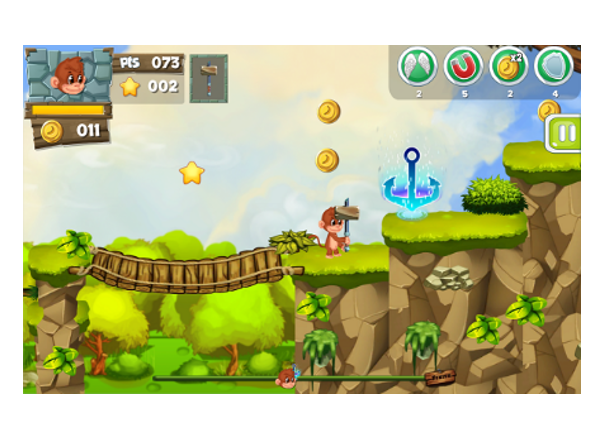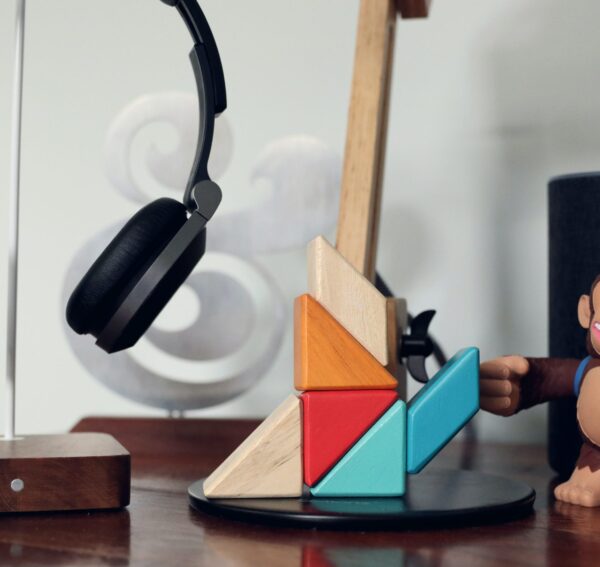Why learning animal sounds can be crucial to children’s language development

Did you know that animal sounds can be crucial to your child’s early speech and language development? Speech refers to the production of sounds that transform into words through the physical act of speaking, and language encompasses using words and gestures to communicate.
From the moo of a cow to the buzz of a mosquito, animal sounds offer fun and engaging ways for young children to learn and practise speech and language skills.
Children start developing their linguistic knowledge as young as six months of age. Among their first words are often animal sounds.
Animal sounds provide an engaging way for children to develop cognitive skills as well. So, if you want to support your child’s development, do not take animal sounds for granted.
Understanding and expression
Children’s speech and language skills will shape their ability to understand others and express themselves.
While there are many ways to encourage speech and language development in children, one method is through animal sounds. Animal sounds can be used to promote communication development in all children, including those with speech and language difficulties.
Some reasons for this: animal sounds are simple, repetitive and are sometimes a common part of children’s environments (such as through pets or books). From an early age, children are able to recognize and respond to animal sounds. These sounds provide a unique way to introduce children to new words and concepts and can help them associate sounds with specific animals.
Because children like animals and are drawn to how they move and make sounds, they are likely to be interested in words related to animals.
Imitating animal sounds can help children learn new vocabulary and speech skills. It may also help children learn to use simple sentences such as “kitty meow” or “bee buzz.”
Detecting speech-language challenges
For all the aforementioned reasons, it is important for parents to understand the significance of animal sounds in early speech-language development. Parents can observe their children’s speech and language development to identify potential difficulties.
Observing early difficulties in children’s capacities to use and make animal sounds can be a way of detecting speech and language difficulties.
Some signs of speech and language difficulties in young children include delayed speech, limited vocabulary, difficulty understanding questions and instructions, poor pronunciation of simpler sounds and words and difficulty combining words together after age two.
If parents think their children have difficulty in any of these areas, it is recommended they visit a speech-language pathologist as early intervention is crucial for promoting healthy communication skills.
Animal sounds in speech therapy
If your baby is identified as having difficulty with speech or language, a speech language pathologist may use animal sounds in different ways to help them learn new sounds and words.
For example, speech language pathologists can use animal sounds like “woof” to help children practise making clear sounds. They can also use animal sounds to teach children the names and features of different animals, which can improve their vocabulary and knowledge of nature.
Speech language pathologists also play games that incorporate animal sounds to help young children learn to listen and pay attention to sounds. Incorporating animal sounds into games and activities can also make practice more fun and engaging for the child.
Incorporating animal sounds
Parents can help their children develop speech and language skills by using animal sounds in different ways. One way is to make animal sounds while playing or reading books together.
For example, when reading a book about farm animals, you can make the sound of a rooster or a sheep to help your child connect the sound to the animal. Another method is to play animal sound-matching games, where children match an animal sound to the corresponding picture. This can be a fun way for children to learn new words and sounds.
Parents can also take their children on nature walks or to the zoo to hear real animal sounds, which can help them develop a deeper understanding of their world.
Foundation for speech, language development
Animal sounds may seem like a simple part of children’s speech and language development, but they have much to offer and provide a fun and engaging way for children in learning and exploring the world.
Incorporating animal sounds into children’s learning routines can help them build a strong foundation for speech and language development that will serve them well as they grow and learn.
So, the next time you are playing with your child, do not forget to moo like a cow, ribbit like a frog or neigh like a horse. It could make a big difference in your child’s learning and development!![]()
Boshra Bahrami, Master’s student, Health and Rehabilitation Sciences, Western University; Barbara Jane Cunningham, Assistant Professor, School of Communication Sciences and Disorders, Western University, and Zoe A. Leyland, Coordinator, EDIDA and Interprofessional Education, Western University
This article is republished from The Conversation under a Creative Commons license. Read the original article.
Popular

Policy
Practice
Provider
Quality
Research
Workforce
Beyond the headlines: celebrating educators and the power of positive relationships in early learning
2025-07-07 10:00:24
by Fiona Alston

Workforce
Policy
Quality
Practice
Provider
Research
ECEC must change now, our children can’t wait for another inquiry
2025-07-02 07:47:14
by Fiona Alston

Workforce
Quality
Practice
Provider
Research
Beyond the finish line: Championing child protection one marathon at a time
2025-07-08 09:15:32
by Fiona Alston













